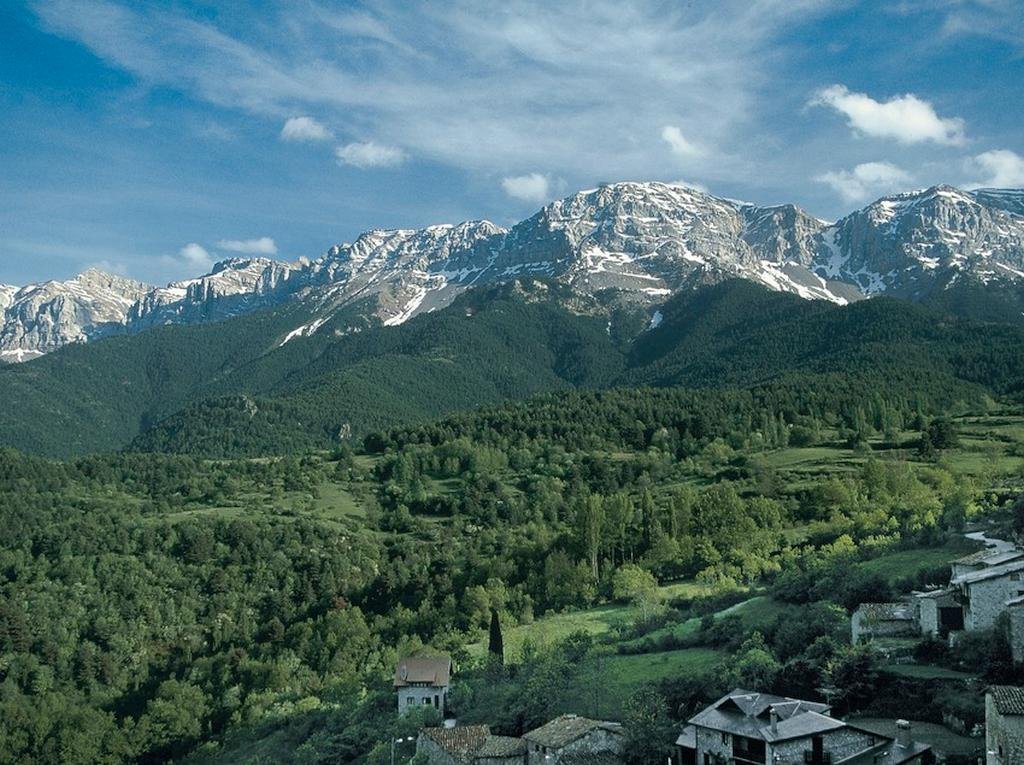- Region: Catalonia
- Province: Barcelona, Gerona y Lérida
- Declared a Natural Park: 1983
- Park surface area: 41,059 hectares
- Towns and villages Alàs i Cerc, Alp, Bagà, Bellver de Cerdanya, Castellar de n’Hug, Cava, Das, Gisclareny, Gósol, Guardiola de Berguedà, Josa i Tuixent, Vansa i Fórnols, La Montellà i Martinet, Riu de Cerdanya, Saldes, Urús, Vallcebre.
Points of interest
The Cadí-Moixeró Natural Park (Catalan: Parc Natural del Cadí-Moixeró) is located to the north of Catalonia and near to the border with Andorra. A rugged terrain in the comarques of Alt Urgell, Berguedà and Cerdanya, the protected area stretches for more than 30 kilometers over the mountain ranges of Serra del Cadí and Serra de Moixeró, with the peak of Vulturó at 2,648 metres.



